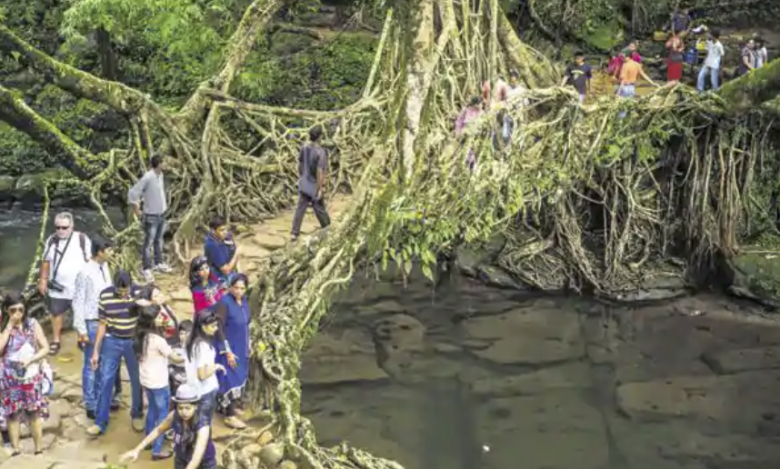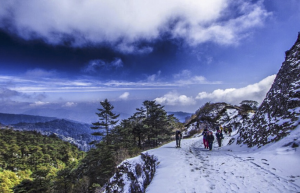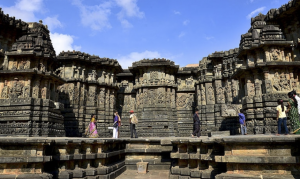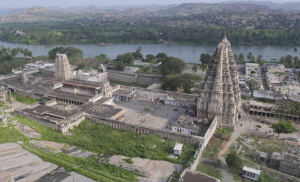Pangong Lake
The water of Pangong Lake is very pure and the skies are clear. The lake is surrounded by snow-capped ridges. The fascinating thing about Lake Pagong is the ability to change the color of the lake’s surface when the sun shines down with a variety of different blue colors.
Root Living Bridge – Cherrapunji
Located in the northeastern part of India, Cherrapunji is the wettest part of the world, where the bridges are not built but still raised. These roots are linked together in pieces according to the existing bamboo frame. They hold together and stretch up on giant rocks along the riverbank. About 15-20 years can form a bridge to withstand passersby.
Mawlynnong Village
Nestled in the land of Meghalaya, this beautiful village’s complex has learned to live in harmony with nature and can become a model for urban dwellers. Mawlynnong has been named Asia’s Cleanest Village. The people here respect nature and use all means to protect their living environment. They consider protecting nature and keeping the village clean as a precious tradition that has been passed down for generations.
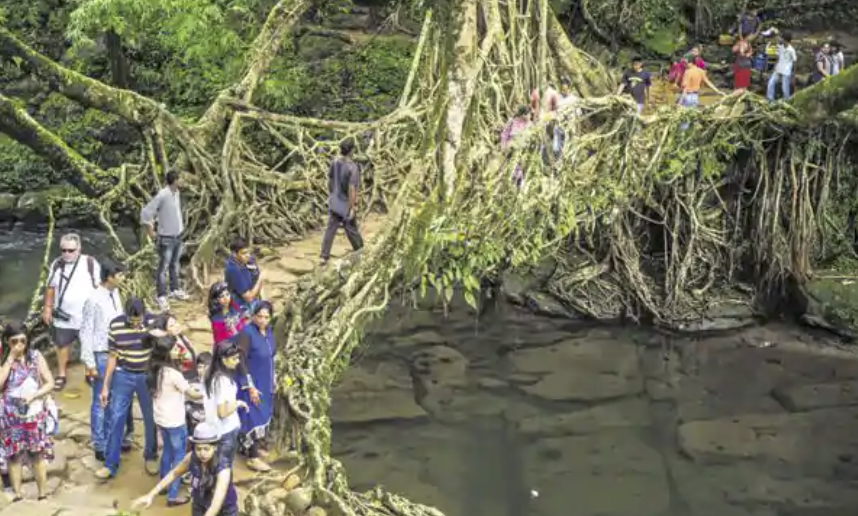
All roads are regularly placed trash made of bamboo. Therefore, most of the gravel roads around the village are “clean and pure”, not a piece of trash.
Keibul Lamjao
The Bishnupur district of Manipur is the only floating park in the world and this is also home to a rare species of Sangai deer in the world. The floating garden (phumdis) on Lake Loktak is the result of plant decomposition.
These floating mounds are used by local people to build fishing tents or for other living purposes. This ancient lake plays a very important role in the economic life of the Manipur people. You have to come here once to see a wonderful place like this.
The Taj Mahal
In the northern Indian city of Agra, there is a living masterpiece that glorifies the whole country and reaches out to the world – the population of the Taj Mahal. The unique highlight that impresses visitors is the color varies depending on the time of day at the Taj Mahal.
This is a magnificent and magnificent architectural work in the world because the building materials for the temple are white marble and precious stones. Not only that, but the Taj Mahal is also associated with the painful natural history of the person who founded it as King Shah Jahan and his past wife. It is this sadness that has adorned the unique beauty of the Taj Mahal.
